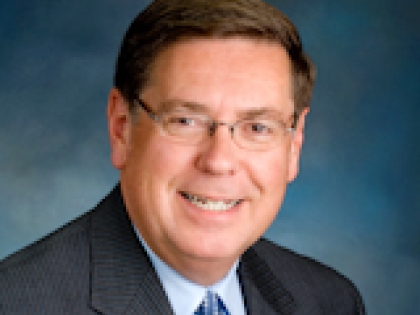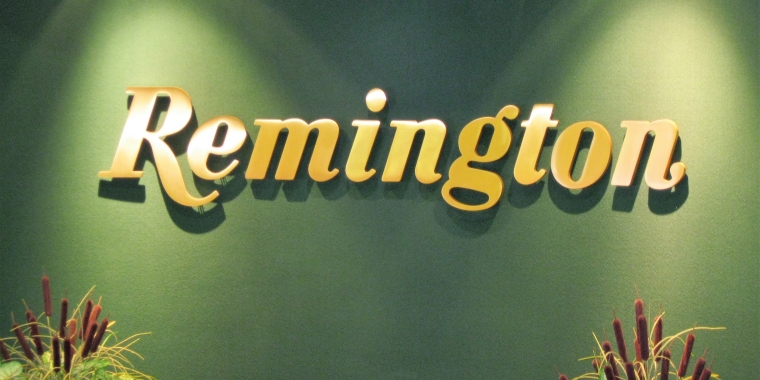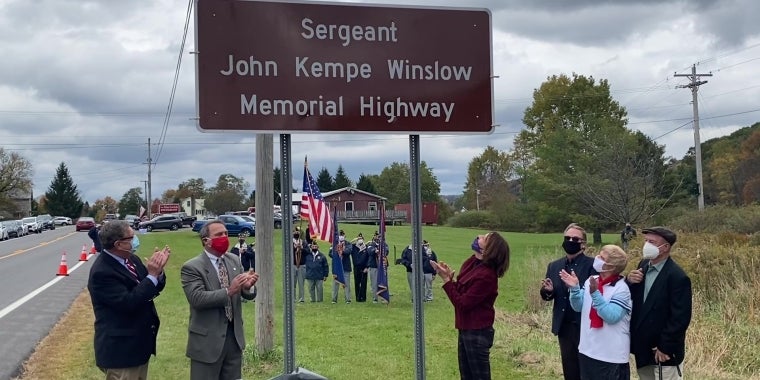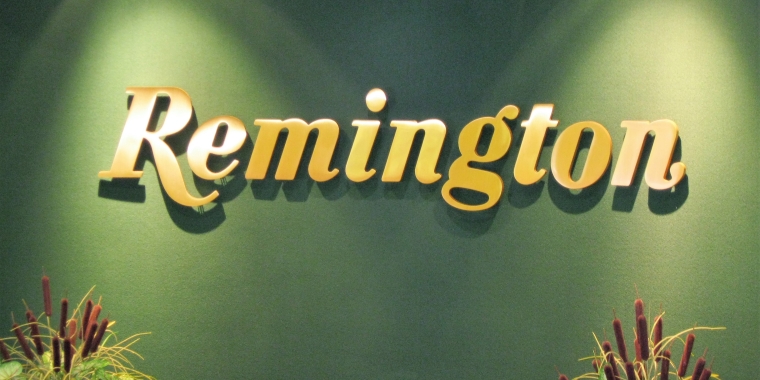
Budget Spends Less, Spends Better
James L. Seward
The state legislature wrapped up the state budget on April 9 -- nine days after the start of the new fiscal year. We were faced with some extraordinary challenges, like a change in governors just before the start of the new fiscal year. We lost several days when governors came and went, the transition, questions about the new governor's marital life. Given all that, the budget got done in relatively short order.
The final budget spends less and spends better than the one handed to us, and it rejects millions in new taxes and fees. We still need to do more to control spending and keep taxes down. The state senate passed its own version of the state budget before April 1, and it avoided all new taxes and fees. But any budget -- from town to city to school -- embodies some elements of compromise.
I worked to guarantee that the budget includes more than $5 billion in meaningful property tax relief, through more aid to local governments and property tax rebates. We need additional, fundamental property tax reform, and I will continue to speak out on the need for property tax reform and relief.
The budget was balanced because many of us insisted on $800 million in across-the-board spending cuts to the state bureaucracy.
I urge the governor and the assembly to join the senate in supporting a constitutional amendment to cap state spending. The governor is calling for additional fiscal restraint next year and it's my goal to partner with him to achieve it.
The senate rejected hikes in broad based taxes, including an assembly plan that would have given New Yorkers the highest income taxes in the nation. The senate majority also killed hundreds of millions of dollars in tax hikes proposed by the governor. We said NO to the "car tax," NO to the "gas tax," and NO to a new tax on health insurance policies. I led the fight against the gas tax increase, which would have been severely damaging to people in our area who need our cars and trucks to get to the store, doctors' appointments, school and church. Many in my district signed my e-petition against this tax, and we won.
Facing a $4.6 billion deficit, we were forced to do some difficult things, including an increased levy on cigarettes. If it were up to me alone, I would not have increased it. As part of the budget, the state will step up tax collection enforcement where cigarette taxes are being shunned to create a more level playing field.
The budget also includes more than $1 billion for new capital investments for our public colleges and universities -- as well as investments in businesses to create jobs across the state -- especially in upstate New York where they are critically needed.
It will provide education funding of $1.8 billion over last year’s levels, alleviating the need for school property tax increases. The budget delivers education dollars directly into the classroom where they can help our kids prepare for the future. State aid to education will total more than $21 billion and be distributed equitably.
The budget restores the governor's two percent cuts to the state's tuition assistance program (TAP) so that middle-class families can meet the cost of a college education.
The budget restores $245 million in important health care funds to keep hospitals and nursing homes open, and ensures the availability of home health services. The budget prevents new taxes on health insurance premiums -- which would have led to higher costs for New York consumers. We continue to focus on providing quality health care that is accessible to everyone AND affordable to taxpayers.
The fight for property tax relief, and reform, continues.
Share this Article or Press Release
Newsroom
Go to NewsroomMichael L. Mayne
November 11, 2020

Statement on Remington Arms
October 26, 2020

State Highway Dedicated in Honor of Fallen Otsego County Marine
October 6, 2020

Statement on Remington Arms
October 1, 2020
